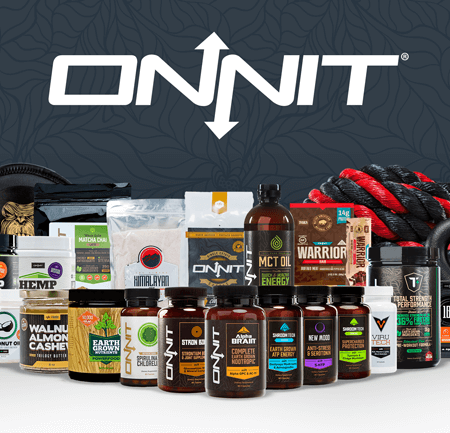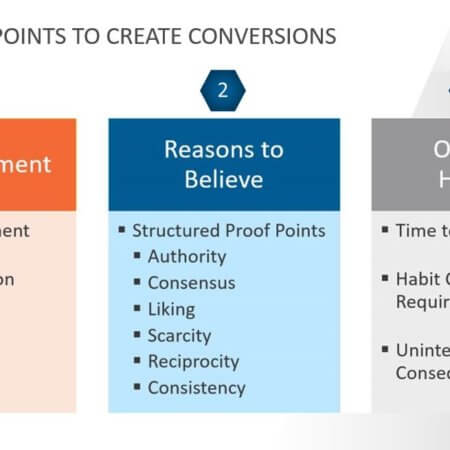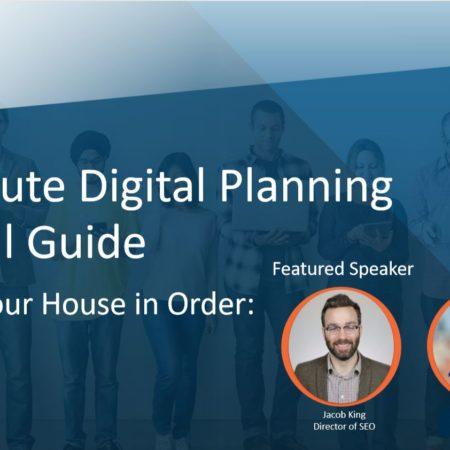
It’s been almost a year since I last covered how it’s possible to ‘target’ without personalization on Facebook. Now I’d like to share what we’ve learned at LQ Digital when it comes to targeting in this new age of Facebook restrictions.
Background
Facebook adopted HEC restrictions on March 19th following the civil rights lawsuit with the National Fair Housing Alliance (NFHA), Communications Workers of America (CWA), and several other organizations. As part of their settlement, Facebook agreed to make significant changes in how businesses target individuals. One significant change included creating a separate advertising portal for ads focused on housing, employment and credit cards – that limited the targeting options for these advertisers and instead, create a lookalike ‘lite’ tool called ‘Similar Audiences’. This is in addition to removing the ability for these advertisers to target audiences based on age, gender, and zipcode.
Now, certainly advertisers expected a bit more regulation after the Cambridge Analytics scandal – but at times, removing some of these targeting options can be challenging for our clients. For example, if you’re setting up an advertising campaign for mortgage lenders that want to target potential homebuyers – it wouldn’t make sense to target an 18 year old, they aren’t in the market to buy a home. They probably don’t even care to see the ad. Yet we can’t filter that out as directly as we’ve been able to in the past.
So how can we reach the needs of our clients and the end users with these new regulations?
How to Reach Customers Without Targeting
The feedback from Facebook is “target broadly and trust our algorithm” meaning they’ll identify the signals of potential buyers without your need to target them explicitly. The problem is, when testing this out budgets need to be sufficient to allow the algorithm to learn these signals. The math of this can be quite challenging especially if leads can be in the region of $250. Testing 2x Ad Sets based on Facebook’s 50 conversion in 7 days means you’d need to invest $25,000 to gain a statistical significant outcome.
For example, before HEC regulations, agencies could shortcut the Facebook algorithm learning through smart targeting options – but now we are facing more challenges by allowing the algorithm to find those signals by itself. It does figure that out quickly, but the industry as a whole saw a 15-20 percent drop across the platform. This is simply because agencies had to target more people for the algorithm to have enough data to do the learning. That hurts, especially when clients are looking at the ROI of their media dollar.

At LQ digital, we’ve done our own multi-variant tests. By adopting a strategic approach to segments and audiences through insightful research, we can expedite performance. Another strategy we took was to optimize for the highest possible conversion event with the most volume of signal – too small a data set can be detrimental to algorithmic learning in the platform. If a customer clicked on an ad and went to a website to fill out a form for a loan, what we as advertisers would do is put pixels on that website to show that person converted and then send the signal back into Facebook to determine variances between high-value customers. With that, we were able to mitigate risks for our clients and avoid the 20 percent downturn that many advertisers experienced.
As a preferred Facebook partner, we worked closely with Facebook to identify ways to improve performance in spite of these regulations. We’ve found that the Facebook algorithm works well and has improved considerably in the last 18 months. We’ve taken our findings and outlined 3 key pillars to optimize performance with these guidelines.
1. Optimize for Signal Based Targeting
I can’t stress this enough. You want to optimize toward the lowest conversion point you possibly can with the most volume, so the algorithm can find more of those customers. Of course, most clients want that – but the volume may not be enough to drive algorithmic learning. If you optimize too high in the level – that signal isn’t strong enough. You need the right mix between volume and signal.
2. Adopt an Aggressive Bidding Strategy
Adopt advanced bidding strategy in the auction. With a lot of HEC companies, like financial services, the content is less engaging. For example, you might be targeted with content by Nike or ecommerce brands everyday. Facebook doesn’t discriminate, they will show you both ads and advertisers win or lose by the ranking system Facebook implements. As you can imagine, buying shoes isn’t a big decision (for most!). The decision to cashout equity in a house, or take on a new loan is a more considered process. The less impulsive the lower the Estimated Action Rate (EAR) Facebook’s algorithm will attribute to your ad. Therefore, the conversion overall is going to be lower for those types of companies. If you’re already up against those ads since you’re competing against higher engaging brands, you have to win the auction. Your bidding strategy has to be aggressive enough so that your ads get shown enough against the other brands – that means switching from automated or lowest cost bidding and using a Cost or Bid Cap strategy, which can guarantee more consistent delivery of impressions.
3. The Art of Beautiful
According to Nielson, 56 percent of all performance in social is attributed to creative. Financial Services brands are conservative in comparison to a majority of other advertisers, therefore creating compelling and engaging assets for personal loans isn’t common. That doesn’t mean you should ignore the power that imagery and video can have. At LQ Digital, we developed a framework and set of principles called the ‘Art of Beautiful’. An example would be the overuse of stock photography, which by definition is already fatigued. We seek creative that aligns to core photography principles ie. The Rule of Thirds or The Golden Ratio and is visually compelling so it has an interesting impact on the newsfeed.
By putting these 3 pillars together – signal based targeting, bidding strategy and creative, we saw performance rebound back to the levels that they were before the HEC regulations – and we’ve become better advertisers as a result.
Questions? Contact us, we’re happy to help.






